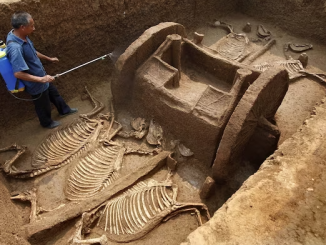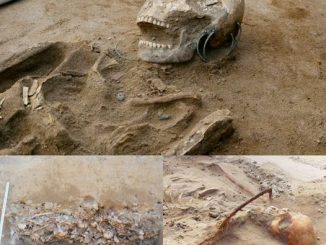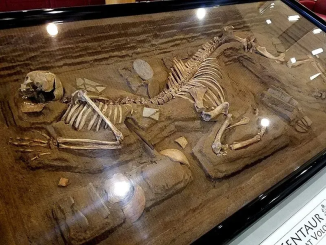Hidden within the arid landscapes of Lima, Peru, lies an archaeological treasure that challenges our understanding of ancient civilizations. The Sacred City of Caral stands as a testament to the ingenuity and sophistication of early human societies, dating back an astonishing 5000 years. As we delve into the mysteries of this ancient urban center, we embark on a journey through time, unraveling the secrets of the Caral culture and its profound significance in the annals of history.
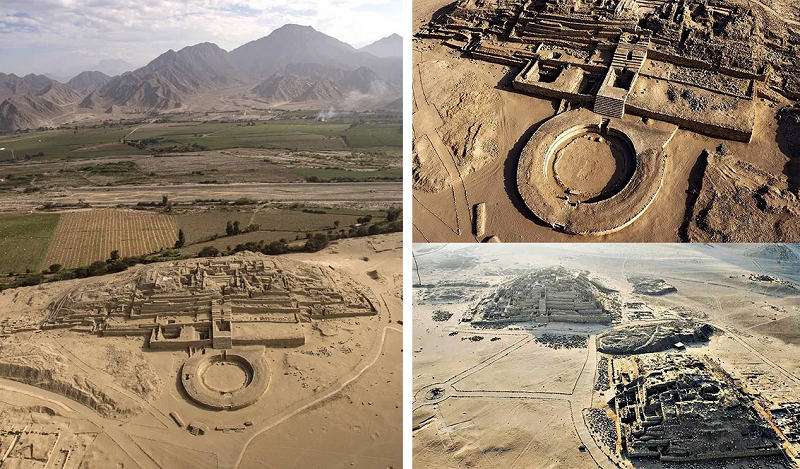
The Oldest Urban Center of the Americas
Caral represents a pinnacle of human achievement, predating other renowned ancient civilizations such as the great Pyramids of Egypt and the Olmec culture of Mesoamerica. Its emergence during the Late Archaic Period of the Central Andes signifies a remarkable leap forward in human societal organization. Unlike previous assumptions that complex urban societies arose in Mesoamerica first, Caral challenges this narrative by demonstrating the existence of an advanced civilization in the Americas far earlier than previously thought.
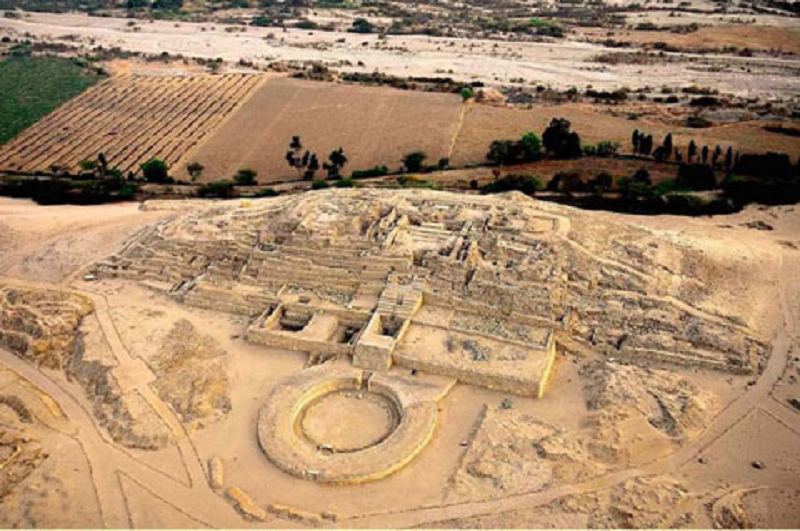

The Enigmatic Caral Culture
Central to the allure of Caral is the enigmatic culture that thrived within its confines. The Caral culture, characterized by its unique architectural features and ceremonial practices, offers tantalizing glimpses into the beliefs and daily lives of its inhabitants. Remarkably, the Caral culture emerged approximately 1500 years before the Olmec civilization, traditionally regarded as the first complex society in Mesoamerica. This revelation reshapes our understanding of the chronological development of civilizations in the Americas, highlighting the rich tapestry of human history.

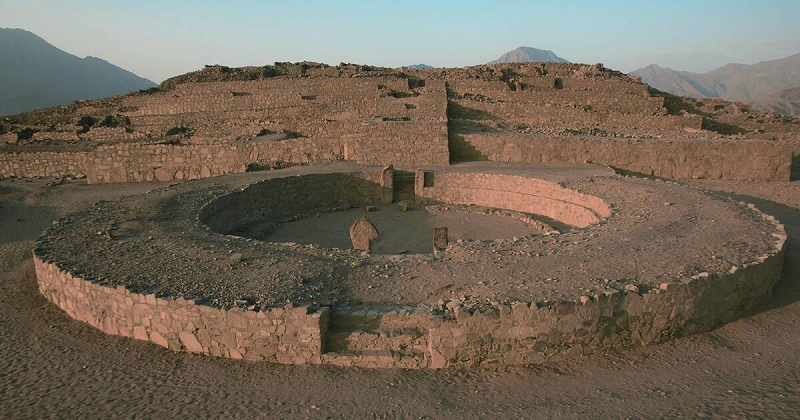
Architectural Marvels
At the heart of Caral lie its awe-inspiring architectural marvels, which stand as enduring testaments to the ingenuity of its ancient inhabitants. The cityscape boasts six monumental pyramids, with the largest pyramid measuring an impressive 150×160 meters. These imposing structures served as ceremonial centers, perhaps echoing the spiritual beliefs and rituals of the Caral people. Moreover, Caral features two sunken ceremonial plazas, further emphasizing the city’s role as a hub of religious and social activity. The meticulous planning and construction of these edifices underscore the advanced engineering knowledge possessed by the Caral civilization.
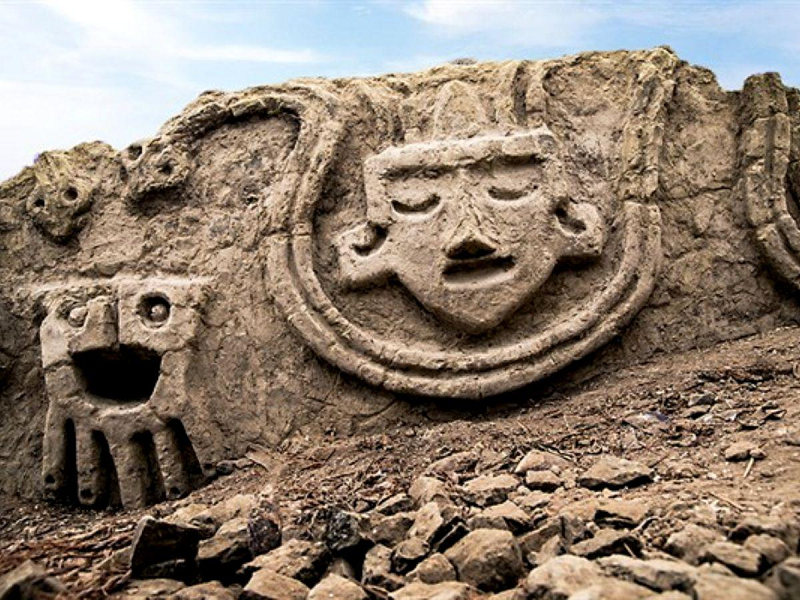
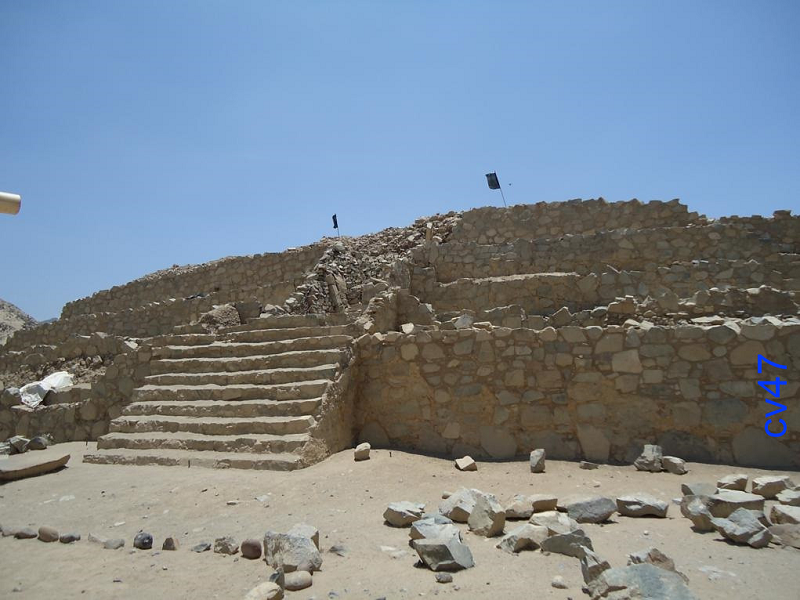
Infrastructure and Innovation
Beyond its monumental architecture, Caral also boasts a sophisticated infrastructure indicative of a thriving urban center. The city’s residential districts provide insights into ancient urban planning and societal organization, with evidence of complex social hierarchies and division of labor. Additionally, Caral’s irrigation system, consisting of canals and reservoirs, facilitated agricultural productivity in the region, sustaining the city’s population and enabling its growth and prosperity. Such innovative feats demonstrate the resourcefulness and adaptability of the Caral people in harnessing their environment for sustenance and progress.
Conclusion
As we reflect on the timeless allure of the Sacred City of Caral, we are compelled to reconsider our perceptions of ancient civilizations and their achievements. Caral stands as a beacon of human ingenuity, challenging conventional narratives and expanding the horizons of archaeological inquiry. Its age-old mysteries continue to captivate scholars and enthusiasts alike, offering glimpses into the complexities of human history. In the hushed whispers of the desert winds, the echoes of Caral beckon us to unravel its enigmatic past and embrace the enduring legacy of one of the oldest urban centers in the Americas.
